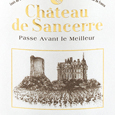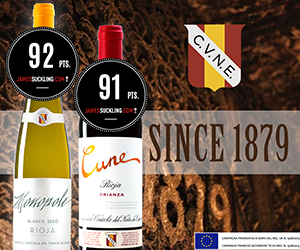The cheese world is changing just as quickly as the other facets of our life.
New cheeses are introduced all the time, and sadly, some cheeses fall by the wayside. Many traditional cheeses are made in a painstaking manner that requires a lot of labour to produce.
AOP designated Camembert de Normandie is a perfect example, and the requirement of the designation is strict. The feed is controlled and the cows must be outside to graze for at least six months of the year. The breed and the care of the animals are specific, and the herd must be made up of at least half Normande breed.
The milk for “true” Camembert must be raw (unpasteurized) and once the milk is set a time consuming process of ladling occurs. This hand-ladling process, moulé à la louche in French, is a five step process. The curd is gently ladled into the containers and allowed to drain for 40 minutes before the process is repeated 4 more times. Just this part of the make takes over three hours per cheese!
Each 250 gram finished Camembert de Normandie is made from 2.2 liters of milk and takes over 20 days from milking to packaging. Once you realize the requirements to make this amazing, fragrant cheese you realize why the number of makers is dwindling rapidly.
We have received a quite a few batches of raw milk camembert this year and we are always so thankful.The cycle seems to be that we are lucky for a year or so, and then we go without for a few years after that. Every time a shipment arrives we do a little happy cheese dance and breathe in that delicious, earthy smell.
Just a reminder to appreciate the hard work of the cheese makers when you are eating something fabulous this week.
*Although it looks similar to Brie, I find Camembert trickier to pair with wine due to its slightly funky, earthy character, that can clash with many wines. Traditional Normandy cider is a natural choice, and here are a couple of wine suggestions that would also suit. - TR

 quicksearch
quicksearch









